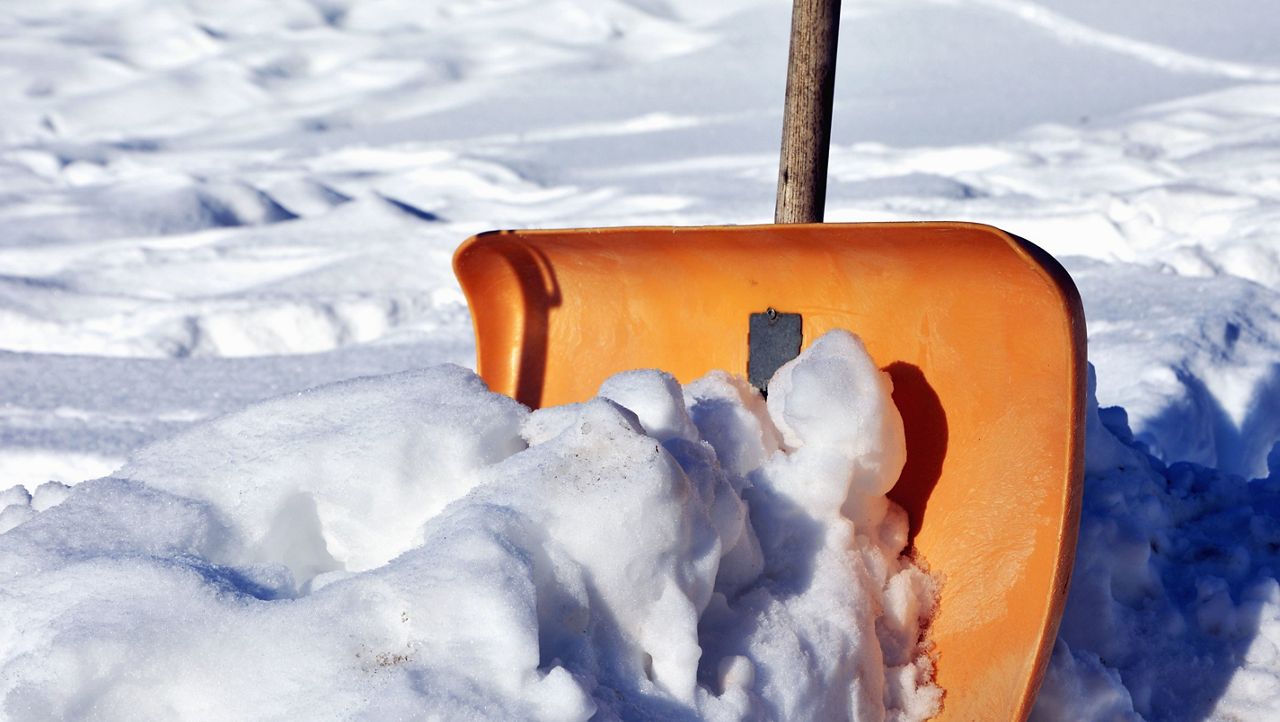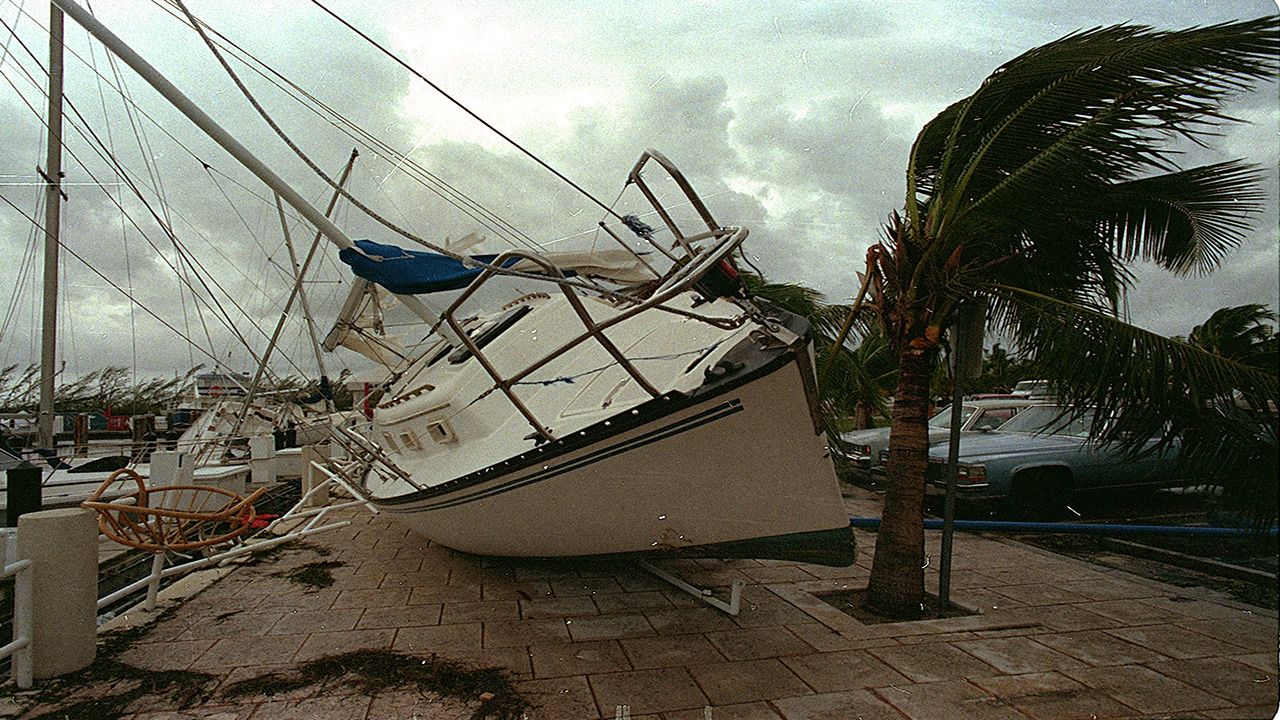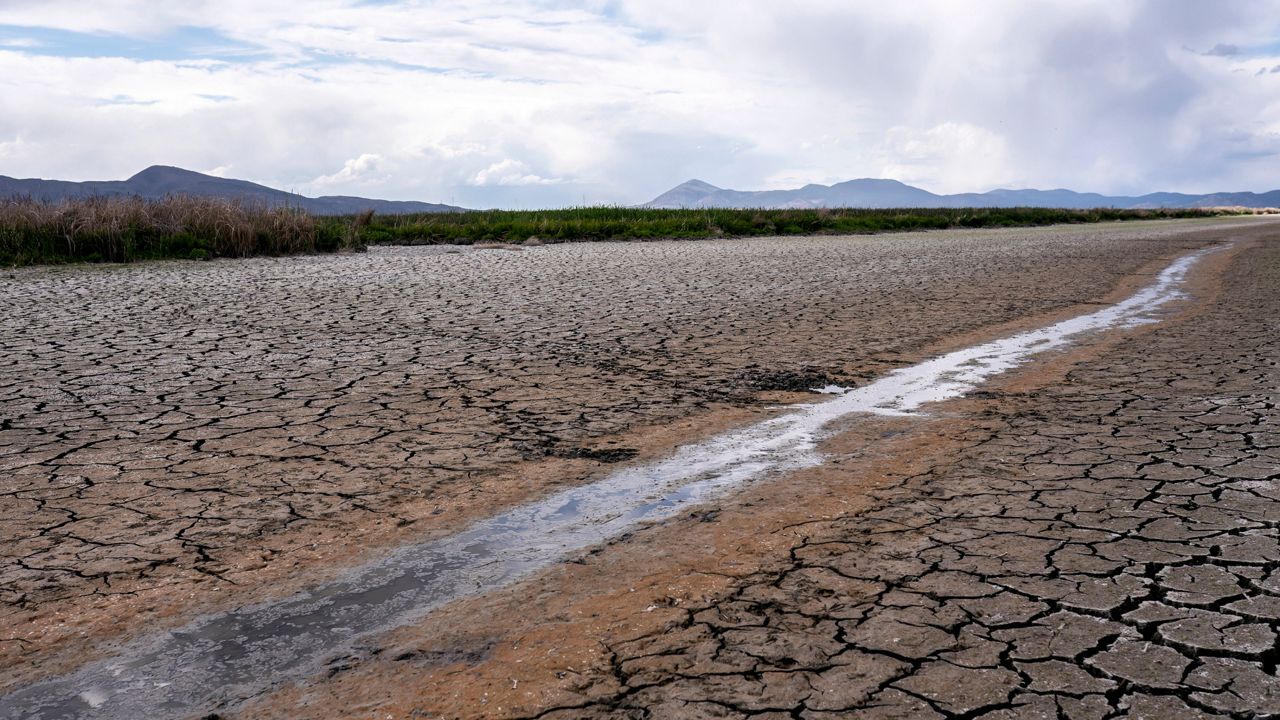While pretty to admire, the fluffy stuff isn't going to shovel itself, right?
Shoveling snow may seem like an easy enough task, but every year, snow shoveling leads to approximately 100 deaths and 11,500 injuries and medical emergencies that require treatment in an emergency department.
What You Need To Know
- Shoveling snow is a strenuous task that puts a lot of pressure on the body
- Cold temperatures can make even the healthiest people susceptible to injury
- Try to shovel as early as possible; Light, powdery snow is easier to remove
- Always lift with your legs, not your back
Shoveling isn't just another household chore. According to the American Heart Association, shoveling snow can put people at risk for a heart attack.
Even pushing a heavy snow blower can cause serious injuries to those moving literally hundreds of pounds of snow.
Think about this: With the pandemic keeping so many of us home and leading a somewhat more sedentary lifestyle, sudden exertion can put a strain on our heart.
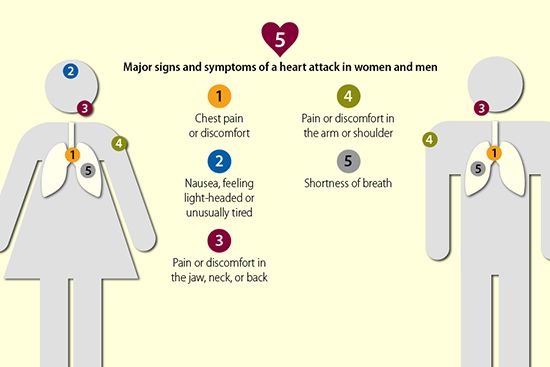
Let's also tie a little meteorology into this. The extremely cold temperatures play a huge factor in our health and safety. When the temperatures drop, our heart rates and blood pressure increase.
Blood may clot more easily and constrict arteries, which decreases our blood supply. This isn't just a fact for older folks or those in poor health. The cold weather slows down and makes even the healthiest people more susceptible to injuries.
If you're in reasonably good health and want to clear the driveways and sidewalks, here are a few things to know:
- Get out as soon as you can as the light, powdery stuff is much easier to remove than it's wet, hardened counterpart. Heavy, wet snow contains more water, which will significantly make the snow tougher to shovel.
- Lift with your legs, not your back. Back injuries are common with snow shoveling and are one of the leading causes of trips to the ER. Slowly bending while keeping your back straight will make it easier, safer, and more comfortable.
- Try to push the snow rather than lift it if you can. If you do lift it, try filling up the shovel only halfway. This lessens the load quite a bit.
- Do not try to shovel immediately after eating, drinking alcohol, or smoking.
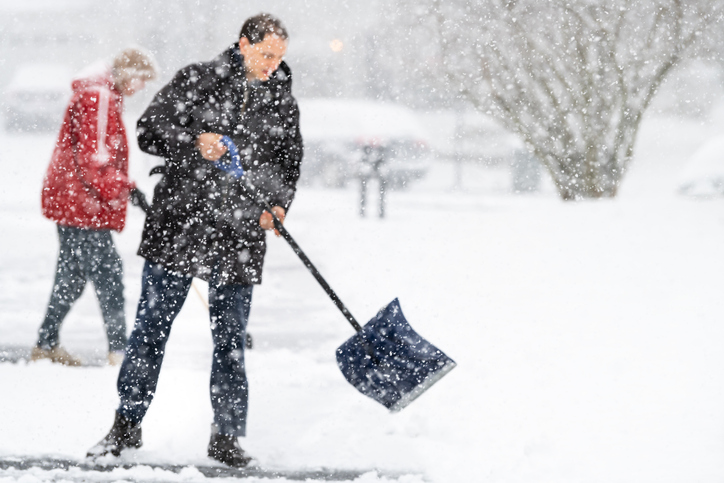
While shoveling is a clear-cut way to clear your driveway, there are safer methods to try that can eliminate the pile-up or at least lessen what accumulates.
Applying pet and driveway-safe salts and minerals before the snow starts will help melt the first few layers before accumulation begins.
Heated sidewalk mats can be pricey but are a way to keep driveways and sidewalks virtually snow and ice-free. Consider this if you're in poor health and do not have a particularly large property.
With many new models equipped with safety features, snow blowers are a good option. It's still advisable to only operate the machinery if you are healthy enough to do so.
They are a great alternative when more than 6 inches accumulate; Most machines do not work well when removing just an inch or two.
Of course, if you're in poor health, DO NOT take a chance by heading out to shovel snow. Find a friend, family member, or neighbor who might be willing to help you out.
Check your neighborhood Facebook page to see if someone might be willing to lend their services. While professional services can be expensive, it's worth the expense if it means saving yourself from injury or worse.
For more information on shoveling safety and your health, check out the CDC's personal-safety blog.





